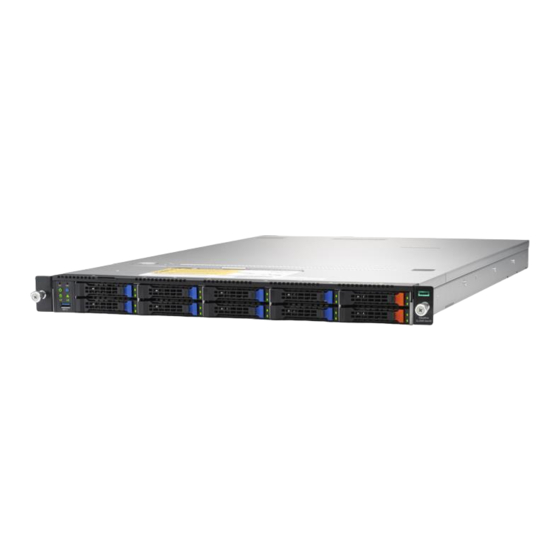Table of Contents
Advertisement
HPE Cloudline CL2100 / CL2200 Gen10
Server
Troubleshooting Guide
Abstract
This document is for the person who installs, administers, services, and troubleshoots servers. This guide describes identification and
maintenance procedures, and specifications and requirements for hardware components and software. Hewlett Packard Enterprise
assumes you are qualified in the servicing of computer equipment, trained in recognizing hazards in pr oducts, and are familiar with weight
and stability precautions.
Part Number: P04906-001a
December 2017
Edition: 1
Advertisement
Table of Contents
Troubleshooting
















Need help?
Do you have a question about the Cloudline CL2200 Gen10 and is the answer not in the manual?
Questions and answers